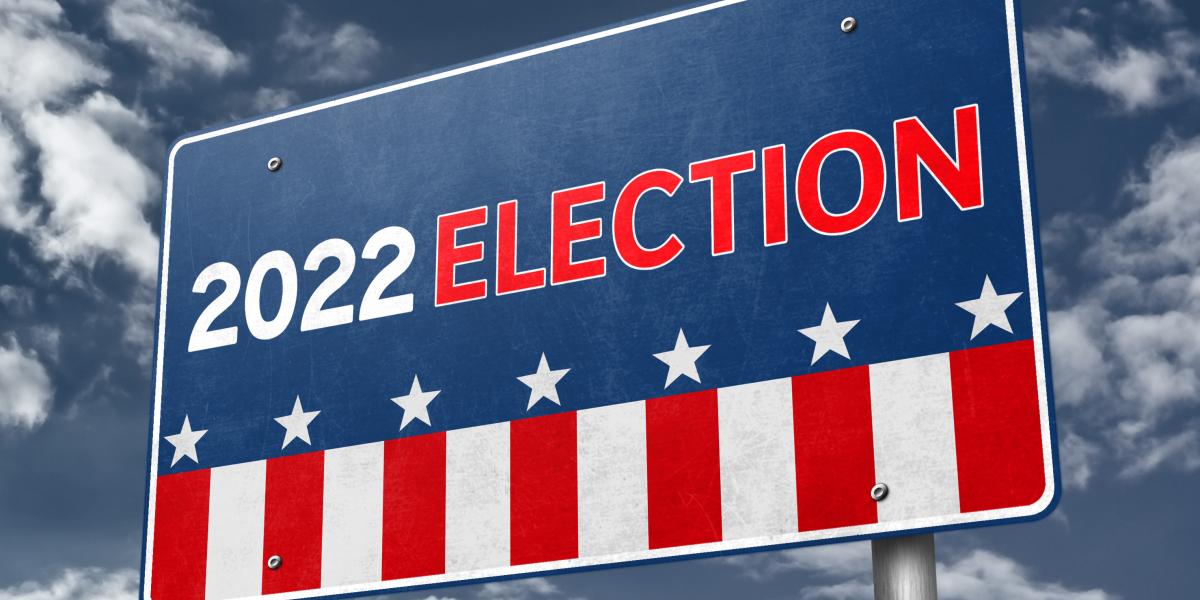Everyone is in FULL SWING right now, a total number of 17 states holding the elections this month to actually nominate candidates on November. The 2022 MIDTERM ELECTION will determine whether DEMOCRATS holds and retain their position or lose their fragile control although the U.S Senate and House, including the balance power in many states holding gubernatorial contests and legislative.
Typically, the party of the President loses grounds during Midterms, particularly now if HE is unpopular as Joe Biden and the ECONOMY IS TROUBLED. Now, the odds are in favor and high now for the REPUBLICANS to take over the House and make some state-level gains. Chances are Democrats may be able to hold onto the Senate, thanks to the favorable landscape, though the size of the likely Republican “wave” will make a lot of difference up and down the Ballot.
The United States struggles with voter turnout, even during presidential election years. But low voter turnout is compounded during midterm elections that lack the wall-to-wall media coverage of a presidential campaign. Ever since the voting age was lowered to 18 in 1971, voter turnout at midterm elections has averaged 17 percentage points lower than presidential elections. In other words, presidential elections average 56.4 percent of the electorate while midterm elections get around 39.3 percent [source: Skelley and Kondik].
Even with historic imbalances in voter turnout, one trend has proved true in almost every midterm election in the past 50 years — the party that controls the White House gets pummeled. Perhaps voter fatigue is partially to blame for the low turnout. Keep in mind that before this midterm election, there might have been primary elections held earlier in the year if two or more candidates from the same party were running for the same seat. Worse, there might also have been a runoff election a few months after the primary, depending on the state rules, if the top candidate didn’t get more than 50 percent of the vote.
But midterm elections are about much more than simply testing the political winds for the next presidential election. They are a chance for Americans to go to the polls and vote for their representatives in Congress, state legislatures and local governments. While the presidential election isn’t decided by popular vote, midterm elections give Americans a chance to vote directly for the politicians who will likely have the greatest impact on their daily lives.
The results of the 2022 midterms are expected to follow the same general trends, which has Democrats worried. As of this writing, President Joe Biden’s approval rating ranges between 40 and 45 percent, which means that Republicans will likely win a significant number of House seats and maybe flip some Senate seats in November. With two-year terms, every single House seat is up for election every two years. That’s why Americans vote for their House members during both presidential election years and midterms.
But midterms are not just about national races.


0 Comments